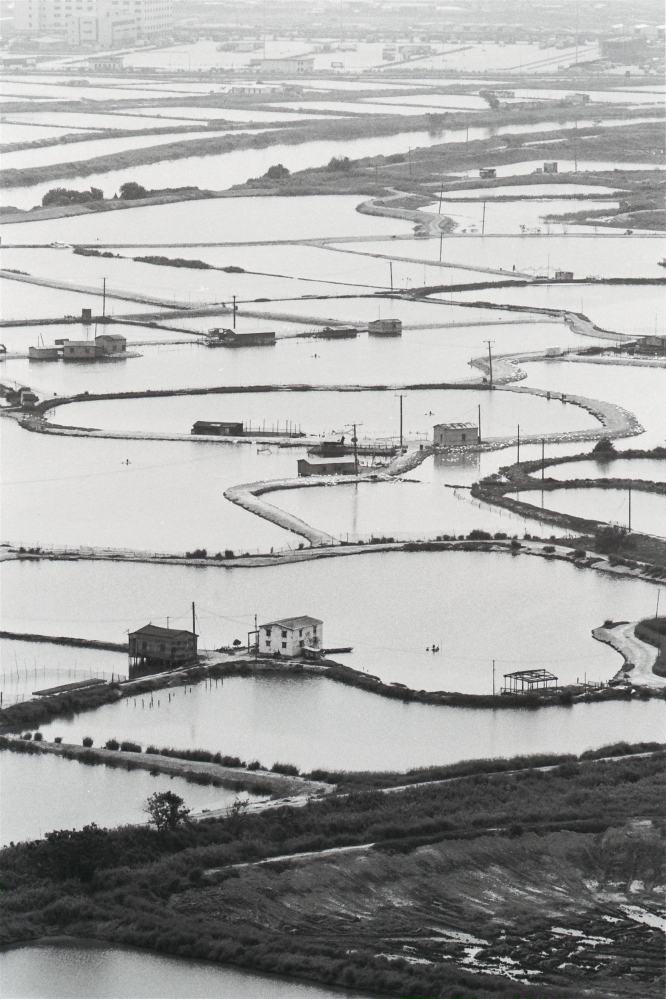
Why Chinese gardeners prized Canton mud, and farmers too – they literally traded dirt for gold. No wonder counterfeiters had a field day
- Soil dug from the bottom of fish ponds was known as Canton mud, and was prized by gardeners – it doesn’t clump when wet, allowing ventilation for plant roots
- Ink orchids thrive in it, as do water lilies and lotus. Not surprisingly, counterfeiters would pass off ordinary mud as the real thing to make a quick buck
For centuries, the Chinese cymbidium – Cymbidium sinense – was a coveted status symbol. Also known as the ink orchid, it symbolised good taste and beauty, as it was delicate, unobtrusive, distinctively scented and allowed itself to bloom undetected by the world at large.
As with many other plants, artistic allegories were extensive; depictions found their way into paintings, porcelain, brocades – anywhere that the delicate symbolism could be appreciated. No self-respecting Chinese merchant was without his ornamental pots of ink orchids, whether in the home, private office or lurking somewhere in gardens or on terraces.
To get the best results, an appropriate potting medium was vital. The most successful was Canton mud. Literally known in Cantonese as “pond mud”, this is the soil removed from the bottom of freshwater fish ponds that are deepened after the fish have been harvested and the water drained off.
Extraordinarily rich and finely grained, Canton mud does not form waterlogged lumps when soaked and compressed; it also allows good drainage and ventilation, remains moist for long periods, and allows plant roots to breathe. Prized by both farmers and gardeners for centuries, this precious substance has always enjoyed a ready market wherever Chinese gardeners are to be found.

To prepare this unpromising-looking horticultural elixir for garden purposes, the scraped-up pond mud must first be cleaned of pebbles, shells, bones or any other detritus that may have sunk and become embedded in the bottom of the pond. Spread in a thick layer over a flat surface – traditionally, this was the flat threshing floor found in any south Chinese village – it was sun-baked into a brick-like mass, and then broken up, when almost dry, into smaller clumps.
Until the 1950s, most Canton mud that came to Hong Kong from the interior of China – Thailand was a major supplier too – also served a dual purpose as packing material and fillers for earthenware soup pots and Chinese medicine kettles. On arrival, this was separated and then sold on to wholesale nurseries and retail garden shops, where it was generally resold by weight.
Time illegal street racing in Hong Kong was stopped for PLA troops’ sake
Obviously, such apparently easy money – literally trading dirt for gold – screamed out for counterfeits; inevitably, convincing imitations of the real thing were devised, and then fobbed off by the unscrupulous. Compressed farm silt, roadside dirt, swampy poisonous mud scraped up from salty coastal tidal marshes – all these combinations, over time, have been mixed up together and foisted on unsuspecting local gardeners as genuine Canton mud.
Countless valuable and treasured plants, in particular rare native orchids, have had their roots clogged up and died of exposure to toxic materials contained in these horrid substitutes.
By the 1980s, as New Territories fish ponds were filled in for open storage, Canton mud became harder to obtain. Gardeners gradually found acceptable substitutes by the usual horticultural methods of trial and error. Fragmented charcoal, chopped coconut husks, tree bark, broken clay bricks salvaged from old walls, sawdust and crushed oyster shells – various concoctions were attempted by the enterprising. Decomposed granite – abundantly available in Hong Kong – was among the best substitutes.

Ink orchids were not the only popular plants that thrived in Canton mud. The humble water chestnut – that beloved Cantonese cuisine staple – loves the stuff; usually grown in open fields, water chestnuts do well in small, specially dedicated ponds with a thick layer of Canton mud at the bottom.
Lotus were also grown in this medium, both ornamentally in large pots to enjoy the flowers – especially popular in Buddhist temple courtyards – and for commercial production of the leaves (used for wrapping foodstuffs), the edible seeds, and the delicious, honeycombed tubers. Water lilies – purely ornamental – particularly thrive in deep pots filled with a thick bottom layer.

